Scientific Name: Diploglottis australis (Diploglottis cunninghamii)
-
Pronunciation:dip-low-GLOT-tis cunning-HAME-ee-eye
-
Common Name:Native Tamarind
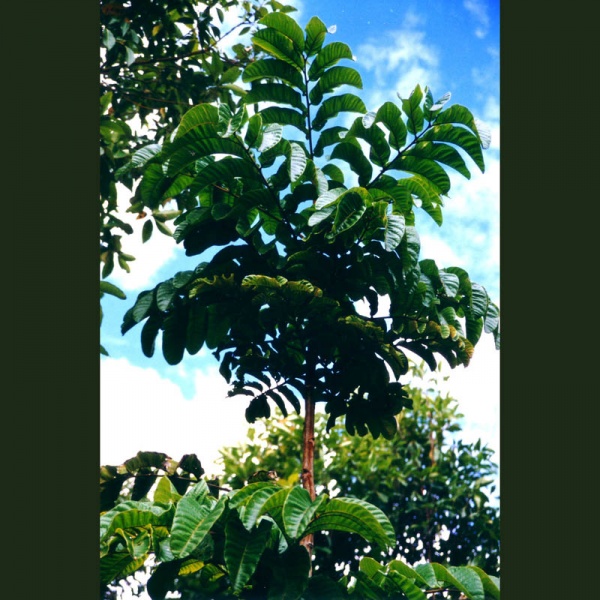
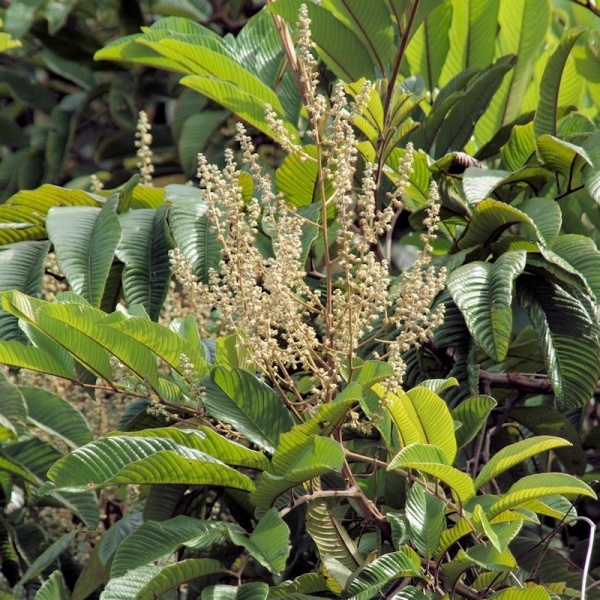
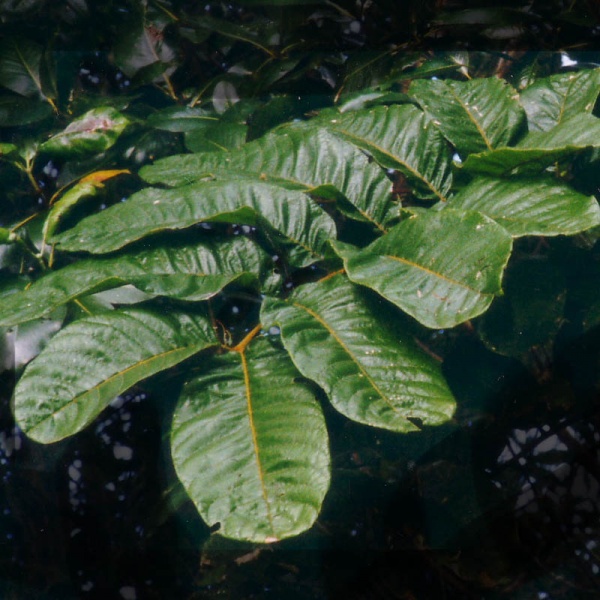
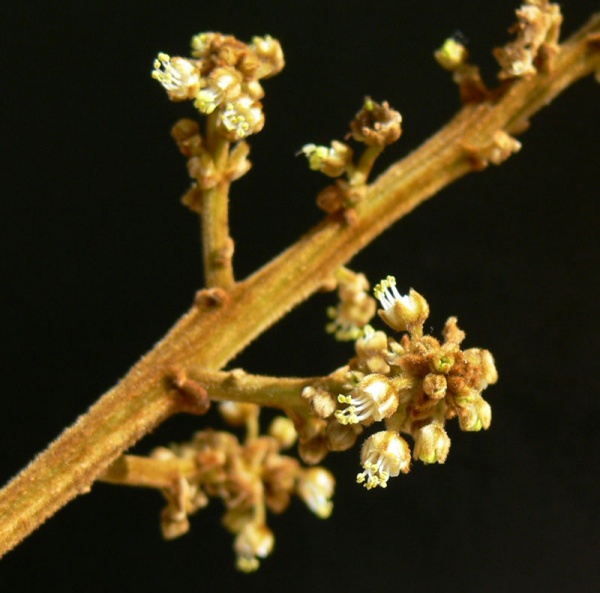
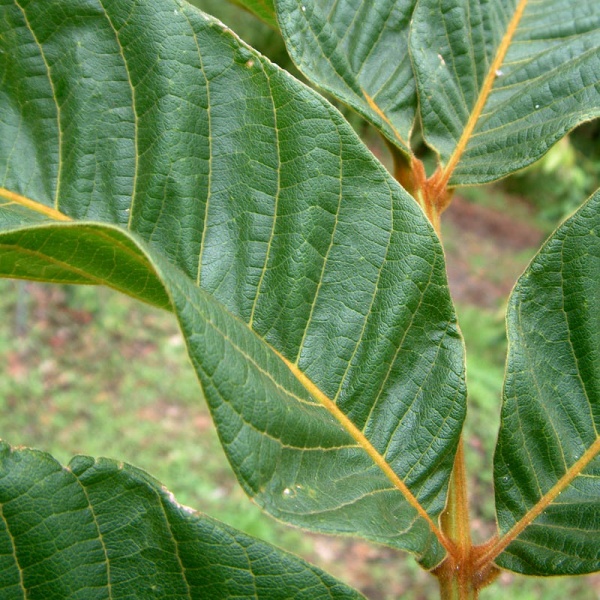
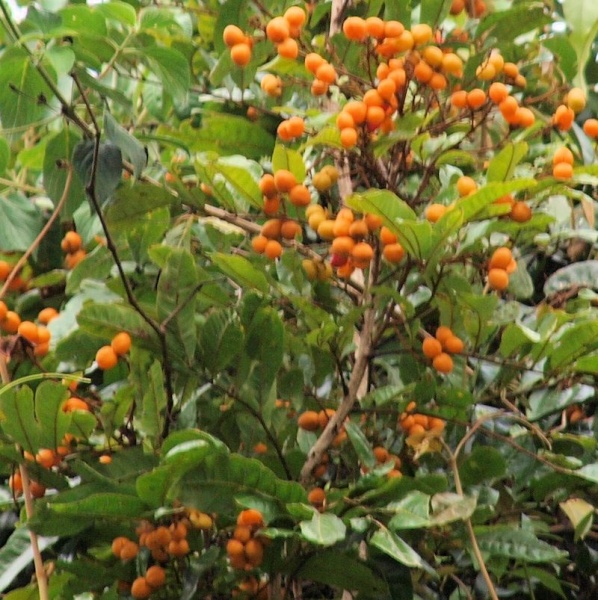
-
Derivation:Diploglottis cunninghamii
-
Type:
-
Family:SAPINDACEAE (rachis tip extended)
-
Flowers:Cream, rusty brown, four petals in large panicles from upper leaf axils or terminal. September to November. Bisexual with male and female flowers on same plant.
-
Fruit:Capsule, hairy downy. Succulent, tastes acidic but refleshing.
-
Vegetation Type:Rainforest, on well-drained molist soils.
-
Species List:Kennilworth Fig Tree Walk, Bush food, NLTalks2010, Stratford Park, Upper Yandina Creek, Kin Kin Scrub, Dandaloo, Kin Kin Arboretum, Heritage Park
Cultural Notes
TAKE CARE! Some information about bush foods and medicines may be anecdotal. Correct identification and preparation is essential:
Bush food. Mature fruit edible raw (sour) or great for jams and sauces.
Identification Notes
Branchlets and new growth densely rusty hairy ||Petioles, rachises and petiolules densely rusty hairy ||Rachis tip extended. ||Slender trunk. ||Large leaves give distinctive umbrella appearance.
Associated Fauna
Fruit attracts a variety of birds. Butterflies: Pale Green Triangle
Landscaping Notes
||Landscaping potential in suitable areas. Successfully propogated by Noosa & District Landcare. Majestic foliage tree with dense crown of large bright green leaves. Indoor pot plant potential.||Feature foliage|||Successfully propagated by Florabunda Bushcare nursery, Woombye|Successfully propagated by Mooloola Native Nursery||Successfully propagated by Barung Landcare||


